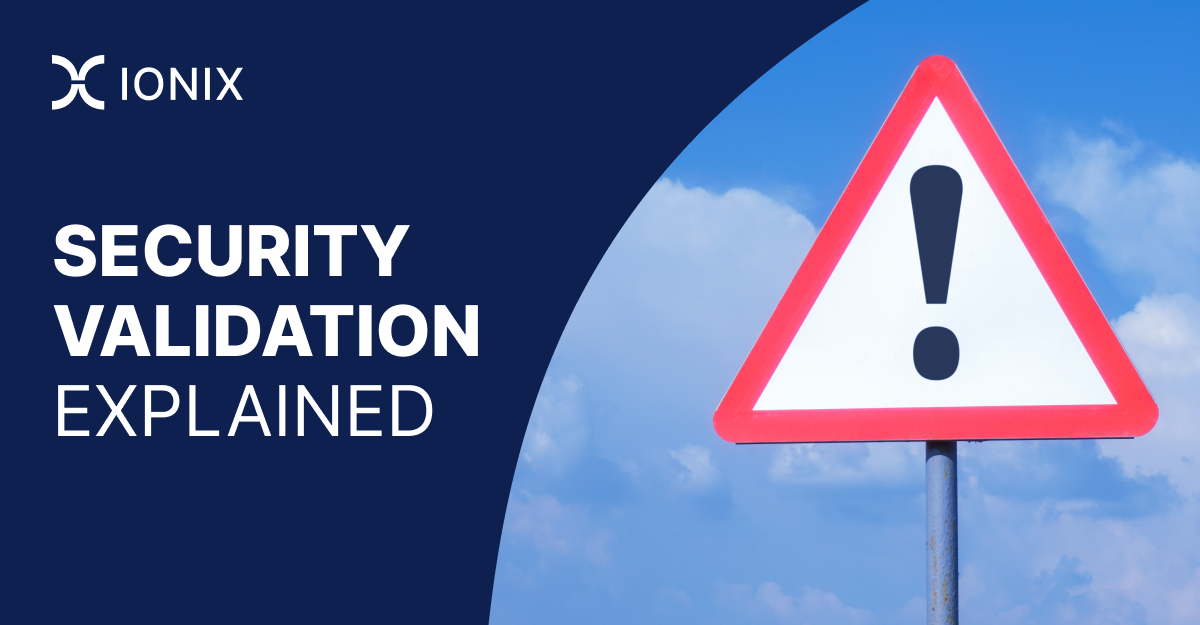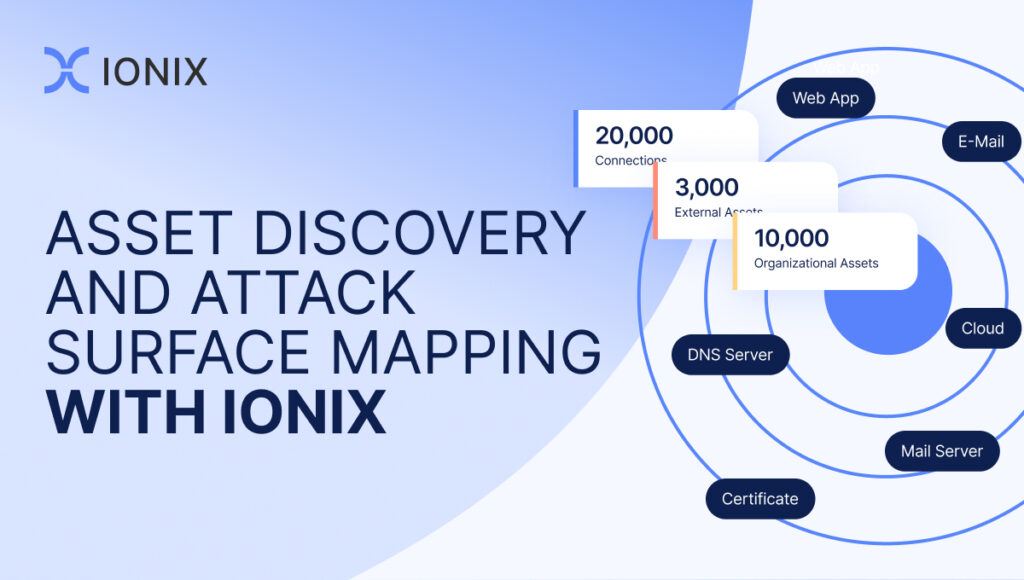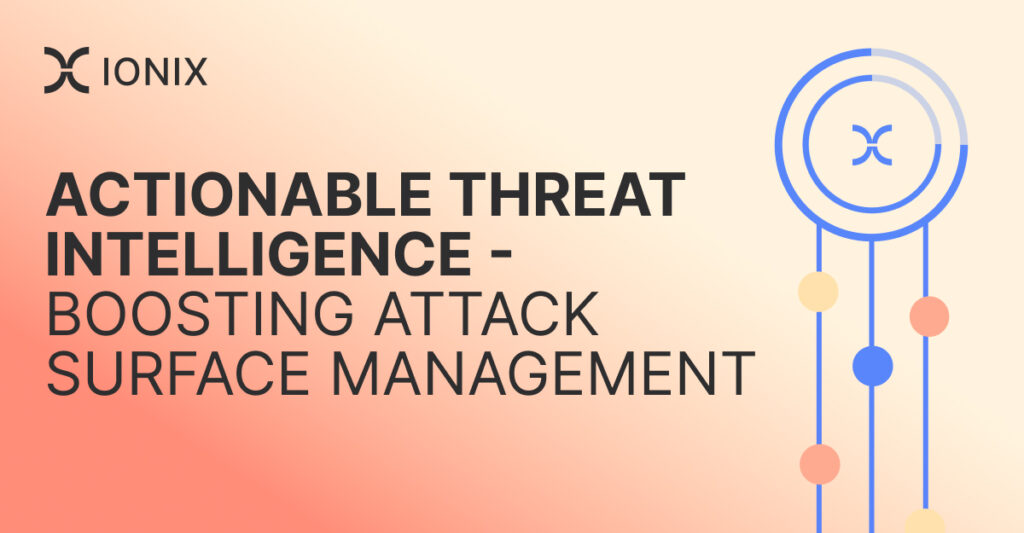Security Validation Explained: A Trusted Path to Risk Reduction

When it comes to cyber resilience, Security Validation is emerging as the linchpin. Security teams face ever-more potential risks as their organization’s attack surfaces expand across diverse IT environments. Amid this challenge, the process of risk-based prioritization is more important than ever. However, prioritization alone falls short of the mark. The key to effective risk management and mitigation lies in fostering a robust partnership with IT stakeholders, who at the end of the day are responsible for remediating and patching the risks. This is the intersection where security validation steps in as a dynamic tool for prioritizing exploitable risks and providing the evidence needed to support the claim and garner trust.
What is Security Validation?
Security validation refers to the tools, techniques, and processes that organizations use to validate exploitability, the potential for attackers to exploit identified exposures, and how their security control systems react. It is an active approach designed to pinpoint critical weaknesses that could be exploited in a real-world cyber-attack.
Risk prioritization becomes a top priority
With the digital footprint of organizations continuously growing, encompassing cloud environments, remote work infrastructures, and IoT devices, the modern attack surface is more exposed than ever. This has left security teams faced with an overwhelming volume of risks that need attention.
The traditional approach prioritized risk by severity and shipped them off via tickets for remediation. The result is an ever-growing ticket queue, delays in remediation and, exposures left exposed to breach by attackers for too long. In a reality where organizations can’t fix everything – prioritizing the biggest risks to the business needs to become the common goal.
Risk reduction requires trust
The effectiveness of a security team’s efforts is significantly diminished without the active cooperation of IT stakeholders, who are responsible for implementing fixes and patches. One of the persistent challenges in this collaboration has been the skepticism of IT teams towards the alerts sent by security teams. This skepticism often stems from past experiences where alerts turned out to be false positives or the proposed fixes resulted in new issues or system breakdowns.
This is where security validation comes into play. In the following section we’ll review the key reasons why security validation is important to improving organizations security posture and accelerating remediation.
The benefits of security validation?
Security Validation plays a key role in improving security resilience and making risk reduction more effective. It offers these benefits:
- Risk-Based Prioritization: Security validation allows organizations to simulate real-world cyber-attacks, identifying exposures that attackers can leverage to breach the organization. This is invaluable in prioritizing risk remediation and mitigation.
- Verification of Security Measures: It helps verify the effectiveness of existing security measures, ensuring that defenses such as firewalls, intrusion detection systems, and antivirus software are functioning as intended and can defend against current threats.
- Buy-In from Remediation Stakeholders: Security validation plays a vital role in demonstrating exploitability to IT stakeholders responsible for remediation. The tangible evidence of potential breaches makes it easier to secure the necessary support and resources for timely and effective remediation.
- Adoption of a Proactive Security Strategy: Security validation is key to broader adoption of a strategic proactive security approach; shifting from putting out ‘live-incident’ fires to identifying and addressing critical exposures proactively. This shift not only enhances the overall security posture but also proves to be more cost-effective in risk management.
- Better Incident Response: By simulating attacks, organizations can evaluate and improve their incident response procedures. This ensures that in the event of a real attack, the response is swift, effective, and minimizes damage.
- Compliance and Regulatory Requirements: Many industries have regulatory requirements that mandate regular testing and validation of security measures.
The challenges of traditional security validation
Traditional methods of security validation present three significant challenges that undermine their effectiveness in safeguarding contemporary digital ecosystems:
- Risk of Testing Production Systems: Employing traditional security validation techniques, such as penetration tests, on production systems introduces a considerable risk of disruptions or outages. These necessary but invasive tests can inadvertently impact business continuity and compromise the integrity of critical data. The challenge lies in conducting thorough security assessments without endangering the operational stability of the production environment.
- Manual Approach That’s Labor Intensive: Traditional security validation heavily depends on manual testing methods, including penetration testing and red team exercises. This labor-intensive approach not only demands a high level of expertise and significant time investment but also strains the resources of security teams. The requirement for specialized skills and the substantial effort involved limit the scalability of these methods across the entire organizational attack surface.
- Limited Frequency and Coverage: Given the manual, resource-intensive nature of traditional security validation methods, organizations often struggle with limited testing frequency and coverage. This sporadic approach often leaves exposures undetected and unaddressed.
Together, these challenges underscore the urgent need for a more efficient, automated, and comprehensive approach to security validation. Such an approach must address the risks associated with testing in production environments, overcome the limitations of manual testing, and ensure consistent, broad coverage to effectively protect against the complexities of modern cyber threats.
Reduce risk with evidence-based collaboration
The challenges presented by traditional Security Validation methods – including the risk to production systems, reliance on manual testing, and limitations in frequency and coverage – underscore the need for a more streamlined, automated approach. Automated Security Validation, like IONIX Exposure Validation, offers a dynamic solution designed to secure the modern attack surface. By facilitating continuous, non-intrusive exploitability testing across an organization’s entire attack surface, it enables security teams to effectively identify and prioritize exploitable vulnerabilities and misconfigurations.
By demonstrating exploitability, security teams effectively convince IT stakeholders to accelerate remediation. This approach provides effective and substantial risk reduction grounded in validated data. As we navigate the evolving cyber landscape, the integration of Security Validation into cybersecurity strategies is not just beneficial – it’s imperative for enhancing cyber resilience through collaborative defenses.
Security Validation with IONIX
IONIX attack surface management provides automated Exposure Validation using a toolbox of attack simulation techniques. The platform conducts non-intrusive testing across your entire attack surface to identify exposures without the risk of disruption. Our approach validates real-world exploitability, ensuring that your security teams can focus on the most significant threats to your business. IONIX Exposure Validation highlights include:
Testing with non-Intrusive techniques: Designed to safely validate security controls in operational systems without impacting their functionality or performance.
Exposure of exploitable risks: Pinpointing vulnerabilities that pose an actual threat to your organization, so your security teams can accelerate remediation and effectively reduce risk.
Adaptive coverage and scope: continuous exposure validation that adapts to the evolving threat landscape, organizational changes, and attack surface expansion, ensuring that your defenses remain robust over time.
Actionable evidence: tangible, actionable evidence of exploitable vulnerabilities, misconfigurations, and data exposures facilitate prioritization and collaboration to drive remediation efforts.
Automated validation: Reducing the need for extensive manual testing, saving time and resources while improving your security posture.
To see IONIX Exposure Validation in action – click here.




